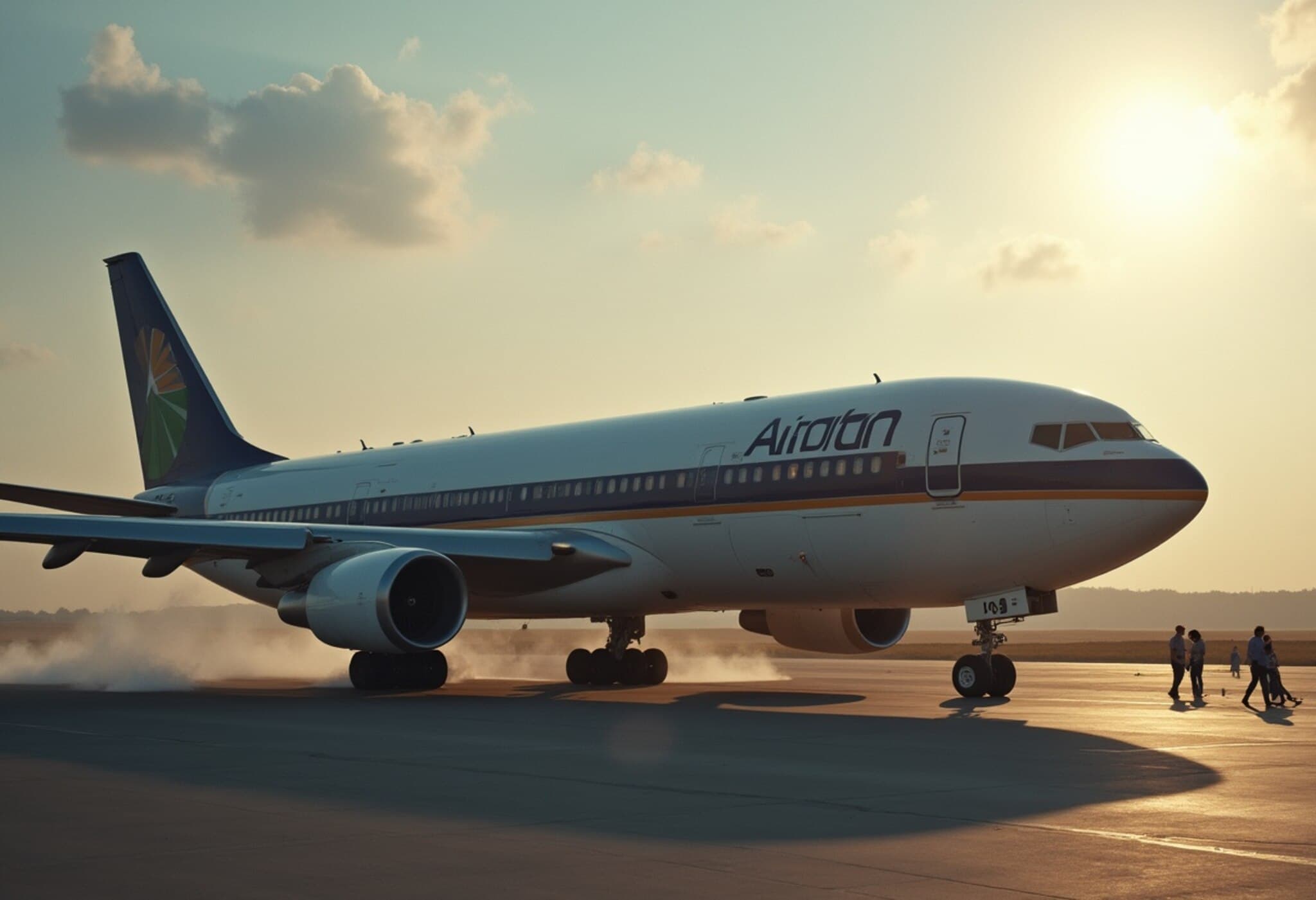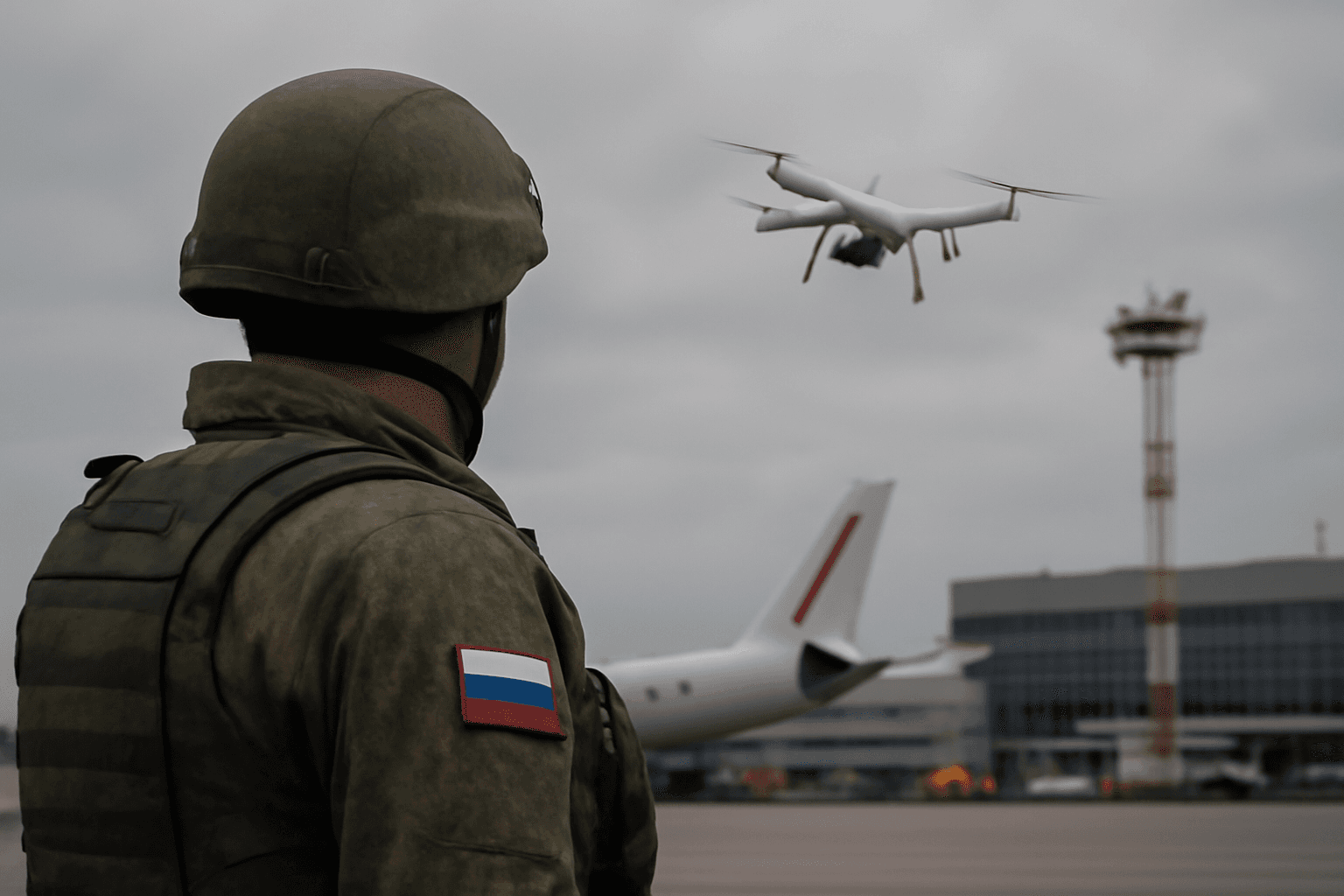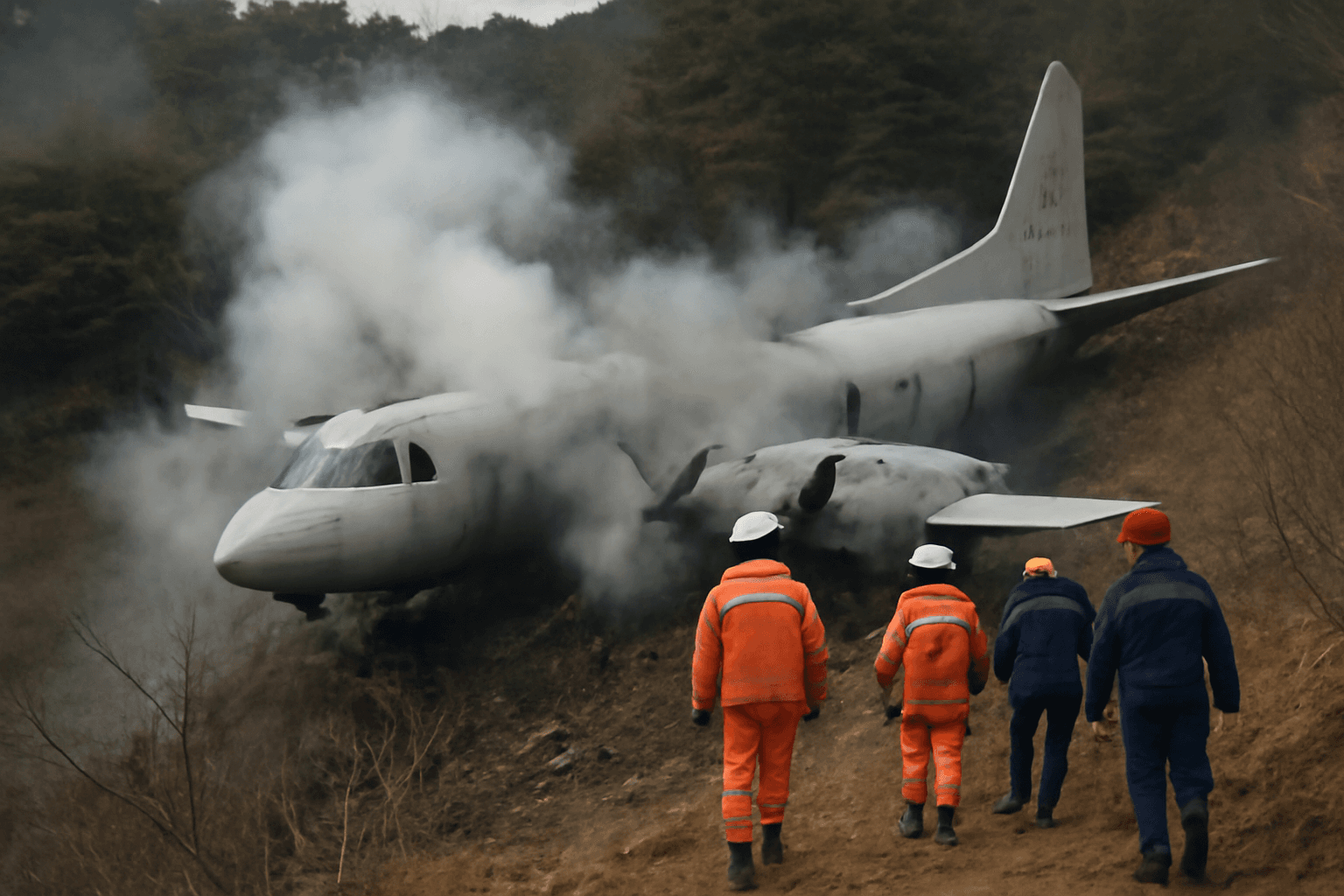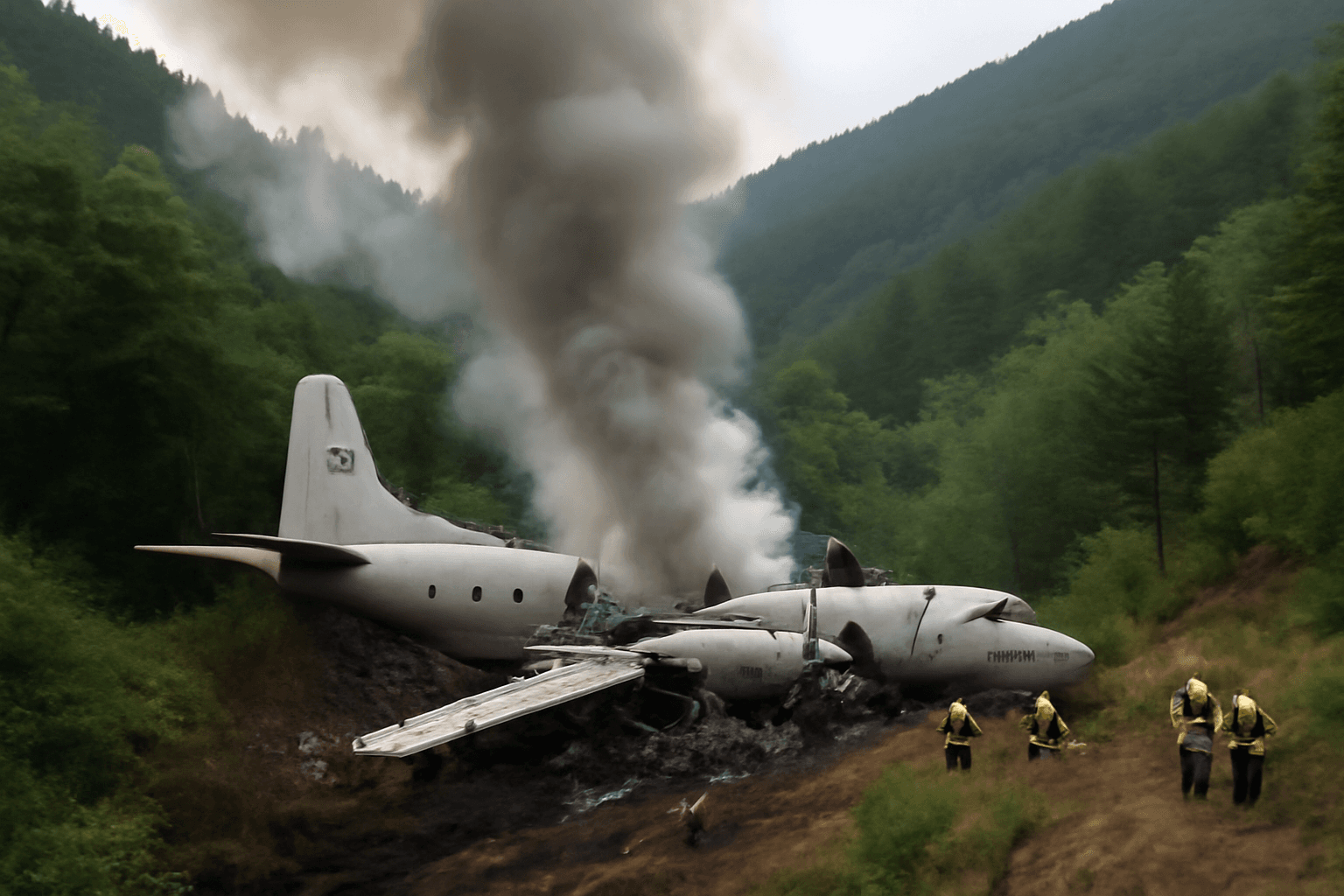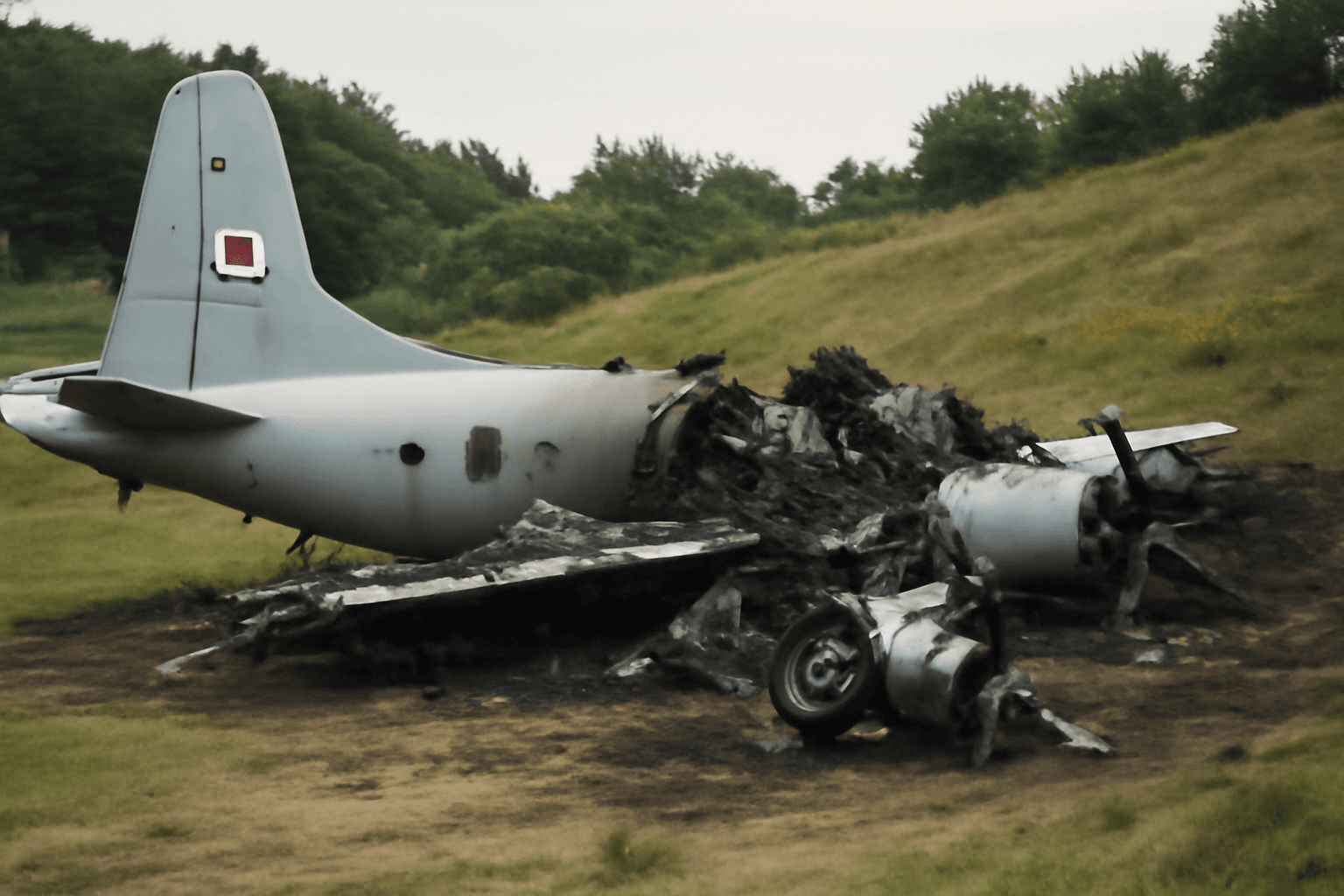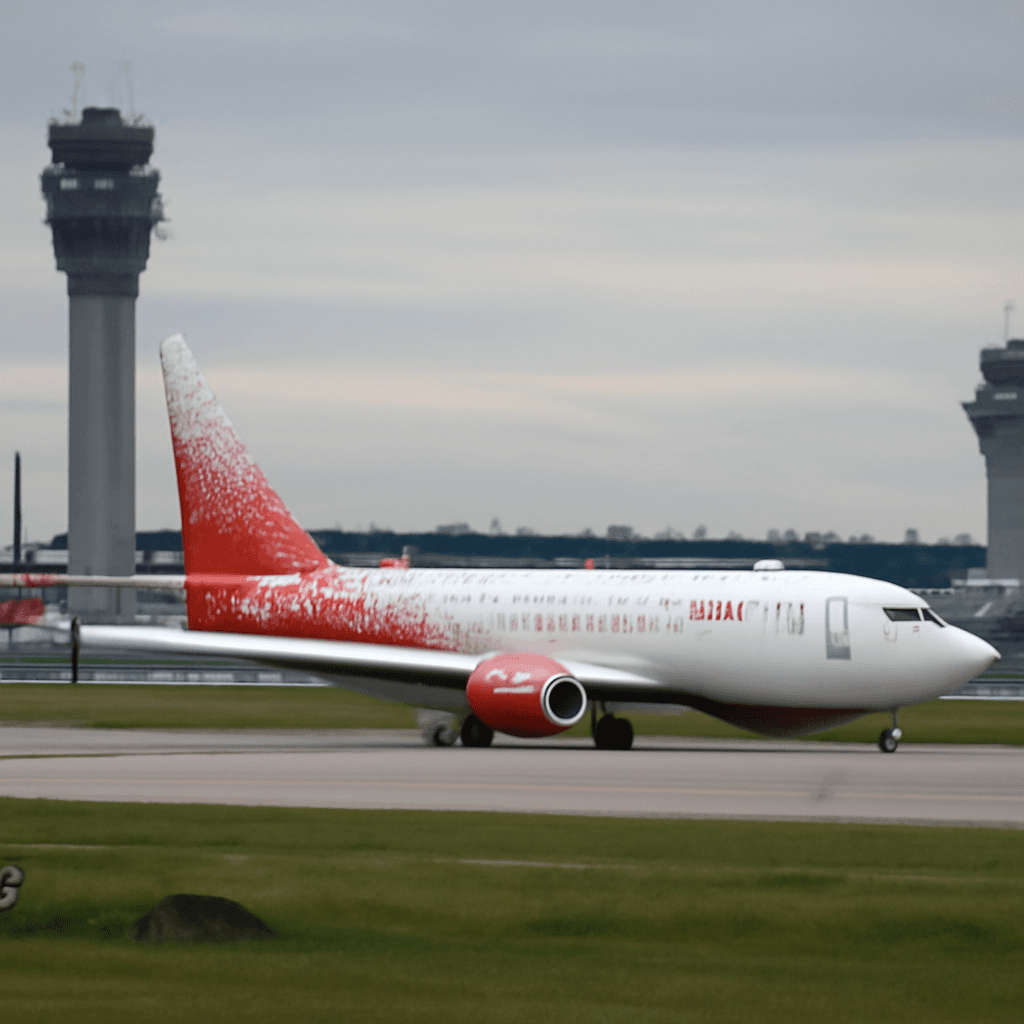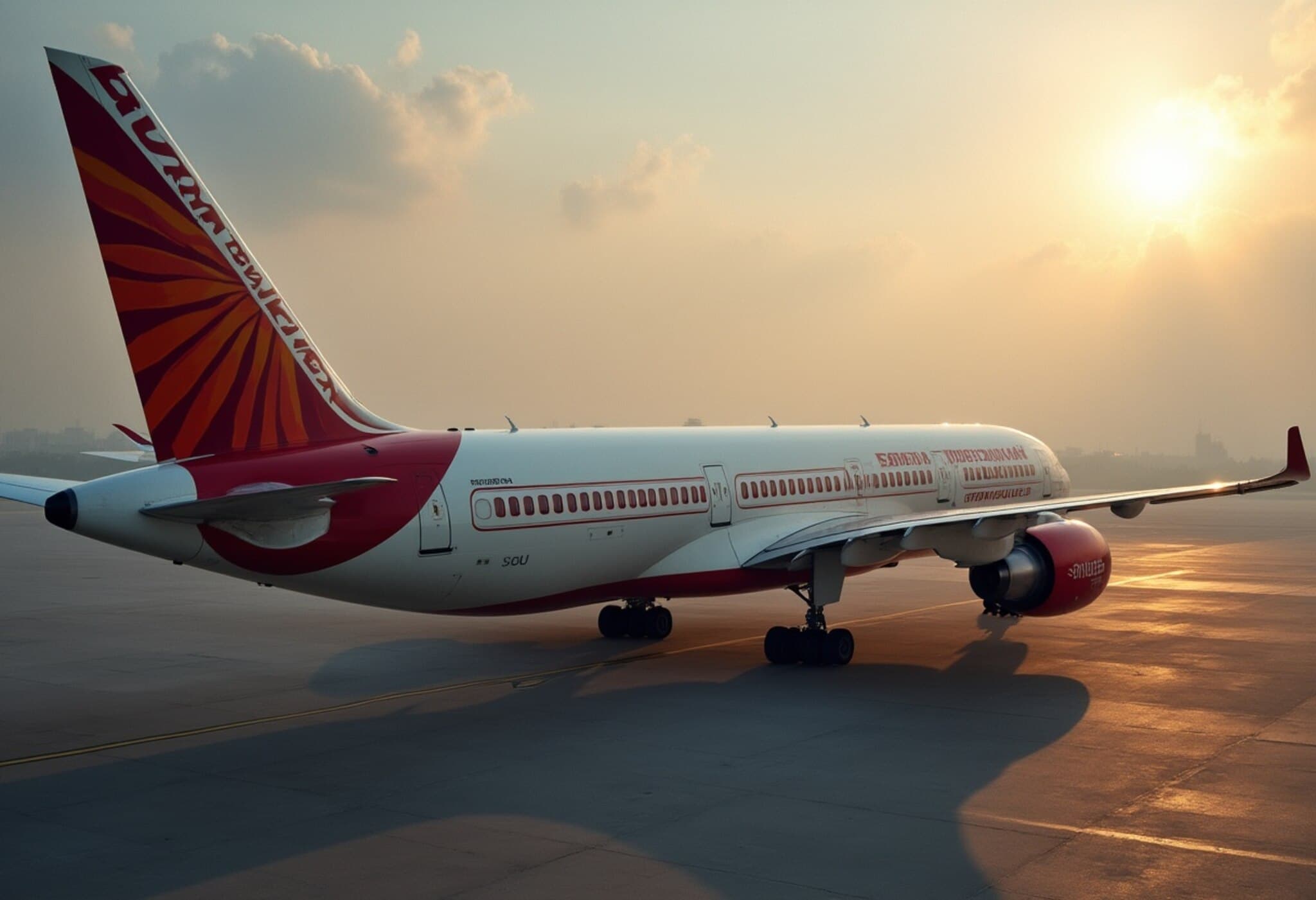The Vanishing Act of Boeing 727 N844AA: A Two-Decade Enigma
On the quiet evening of May 25, 2003, a grounded Boeing 727 at Luanda International Airport in Angola defied expectations and took flight under a cloak of mystery. The aircraft, carrying an extraordinary 53,000 liters of fuel, launched into the Atlantic twilight without clearance, with its lights off and transponder silent—never to be seen again. This incident has since become one of aviation’s most baffling unsolved stories, raising enduring questions about its disappearance.
Background: A Grounded Giant Takes Flight
The 90,718-kilogram, 46.5-meter long jet, leased to Air Angola, sat immobile for 14 months due to outstanding bills and neglected maintenance. Its sudden unauthorized departure was startling not only because of the era’s heightened aviation security—only two years after 9/11—but also because it signaled a crisis beyond conventional explanations.
The Men Behind the Controls: Unlikely Pilots
Focus swiftly turned to Ben Padilla, a 51-year-old Miami-based cargo pilot acclaimed for handling challenging aviation tasks. Described by peers as a "John Wayne type" with an almost bulletproof bravado, Padilla was reputed for fixing tangled paperwork and financial snarls to retrieve stranded aircraft. Yet, crucially, he lacked formal certification to fly a 727, an aircraft that necessitates a three-person trained crew. Accompanying him was John Mikel Mutantu, a mechanic from the Republic of the Congo, also not certified to pilot this sophisticated airliner.
The Trail Resurfaces in Guinea—A Shadow of Certainty
About a month later, Canadian aviator Bob Strothers spotted a 727 sporting the missing plane’s original tail number beneath a fresh coat of paint in Conakry, Guinea. This sighting suggested the plane had been re-registered with astonishing speed—done in just two days—a process that customarily requires months. Strothers remarked that such rapid paperwork indicated "important friends" were involved, hinting at a network shielded from scrutiny.
Dark Theories and Murky Ownership
The aircraft’s web of ownership spanned Miami-based companies, Nigerian airlines, and Angolan cargo operators, entwined with over $4 million in unpaid fees. This complex and opaque ownership landscape fueled rampant speculation: Was the disappearance an elaborate insurance fraud, a covert theft to supply illicit actors, or a premeditated terrorist maneuver? The truth remains elusive.
Africa’s Vastness: A Canvas for the Invisible
Industry insiders acknowledge that Africa’s vast, sparsely monitored airspace—with its empty runways and remote wilderness—remains one of the few global frontiers where such aviation anomalies can still vanish without trace. A former intelligence official underscored this by stating, "Africa is one of the few places where something like this can still happen." Yet, experts note that a Boeing 727 is notoriously difficult to conceal and cannot operate without qualified pilots. No verified sightings or flights of the plane have been recorded since the incident, deepening the mystery.
Likely Fate: Lost Beyond Reach
Most aviation experts and investigators lean toward the grim possibility that the aircraft eventually crashed—either into the Atlantic Ocean or in a remote African locale—its wreckage swallowed by inaccessible terrain or ocean depths. Limited search operations compounded by inadequate tracking capabilities at the time left the mystery enshrouded in uncertainty.
Expert Commentary and Broader Implications
From a policy and security standpoint, the disappearance underlines significant vulnerabilities in post-9/11 aviation security, particularly in regions with fragmented regulatory oversight. It exposes how complex ownership structures and deficient oversight can inadvertently provide cover for illegal activities, including aircraft theft or laundering.
Economically, the Boeing 727’s story reflects the harsh realities of underfunded aviation sectors in developing regions, where unpaid fees and poor maintenance not only compromise safety but may incentivize risky or illicit actions by operators or individuals desperate to capitalize on idle assets.
Moreover, the case serves as a cautionary tale inviting international aviation authorities and governments, especially within Africa and allied regions, to strengthen aircraft registry transparency, improve pilot certification enforcement, and enhance monitoring of parked aircraft amid geopolitical and security complexities.
Summary Box: The Boeing 727 Mystery in Focus
- Date of disappearance: May 25, 2003
- Location: Luanda International Airport, Angola; last trace sighting in Conakry, Guinea
- Aircraft: Boeing 727 (N844AA), carrying 53,000 liters of fuel
- Crew: Two men aboard, neither fully certified for 727 operations
- Ownership: Tied to multiple companies across Miami, Nigeria, and Angola with unpaid fees of $4 million+
- Likely Outcome: Plane presumed crashed, wreckage never recovered
- Key Challenges: Fragmented oversight, lack of pilot certification enforcement, and complex ownership cloud truth
Editor’s Note
More than two decades on, the disappearance of Boeing 727 N844AA remains a haunting chapter in aviation history — a potent mix of human ambition, bureaucratic shadows, and geographical vastness. This unresolved case pushes us to question not only international aviation security but also the governance gaps in emerging markets. What lessons linger in the skies over Angola? And how can global and regional authorities ensure such mysteries don’t repeat in an increasingly interconnected world? The answers call for renewed vigilance, transparency, and cooperation across borders and disciplines.

